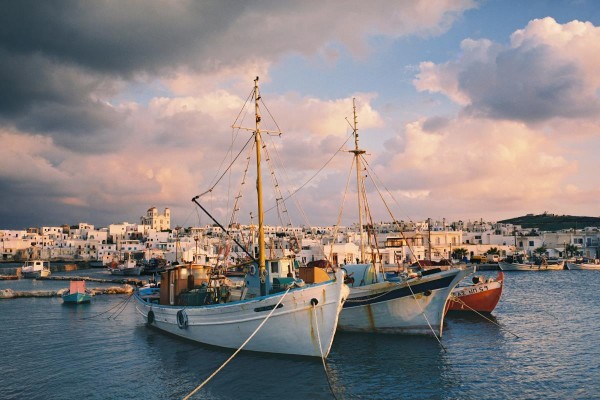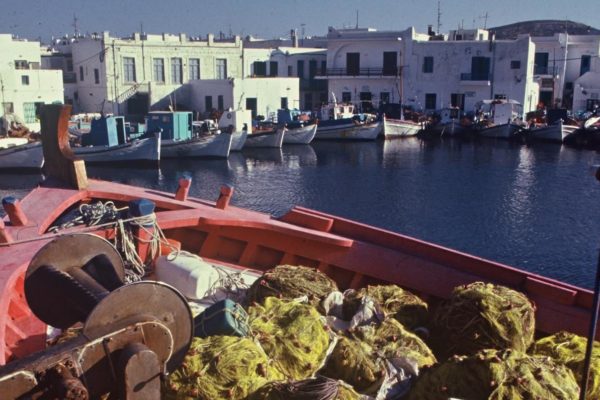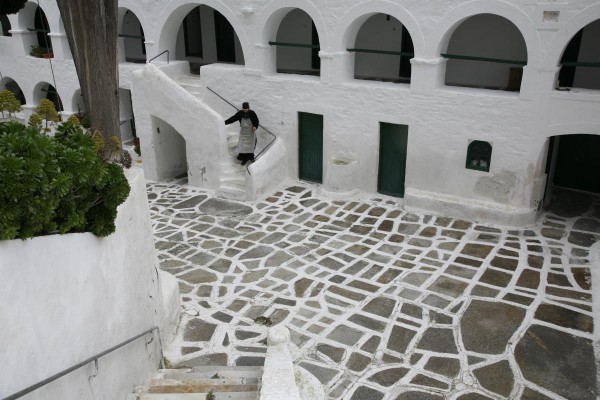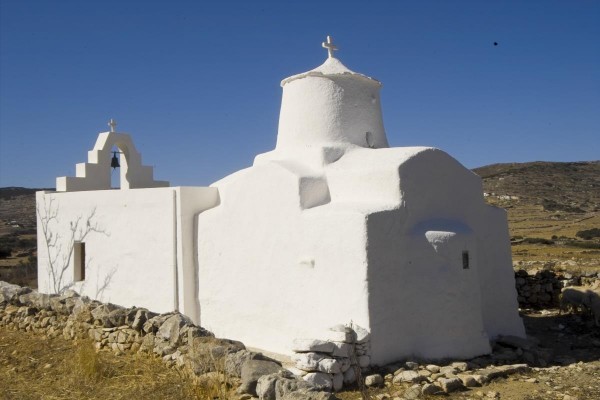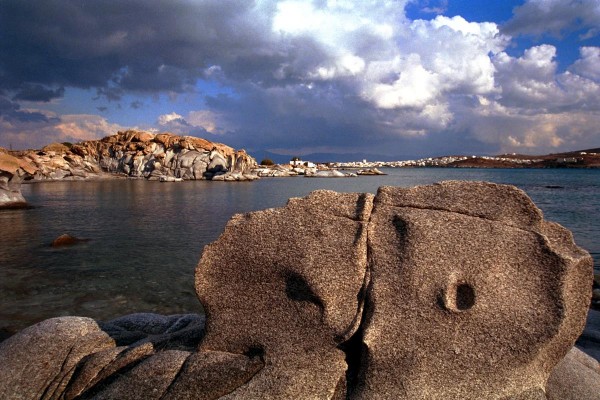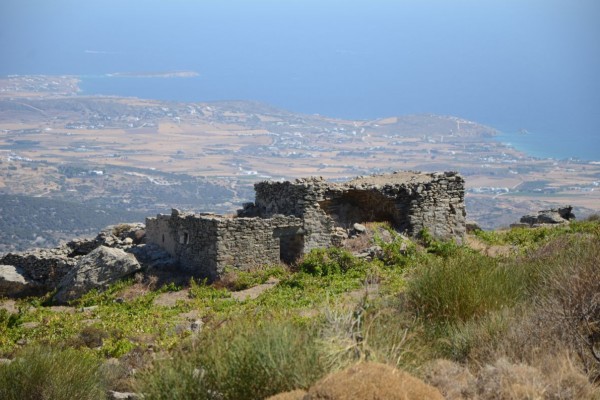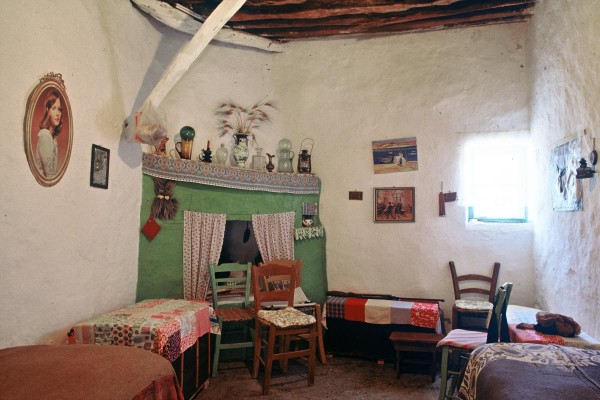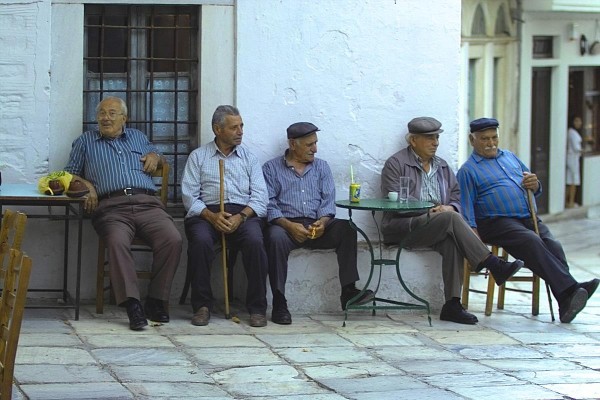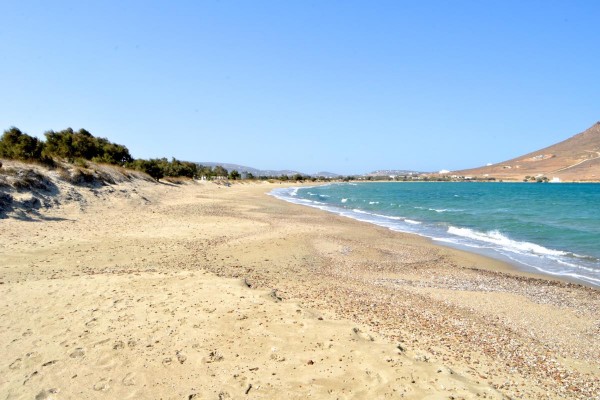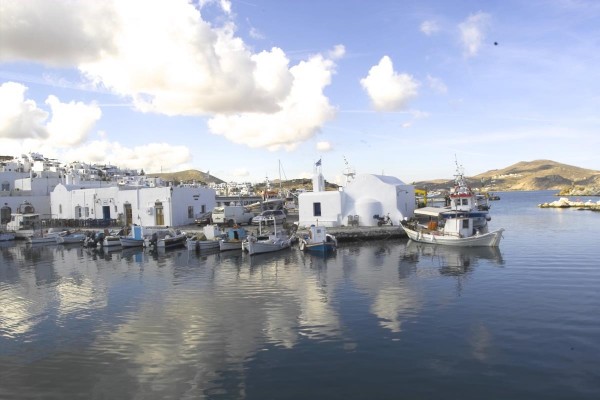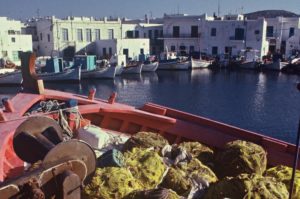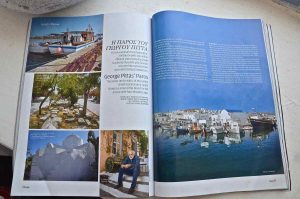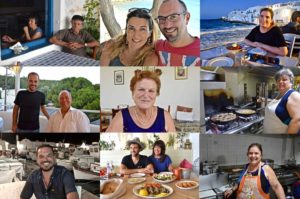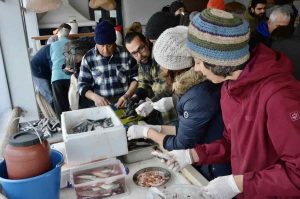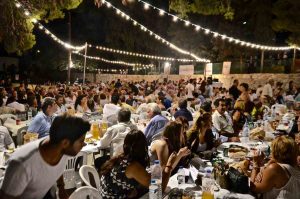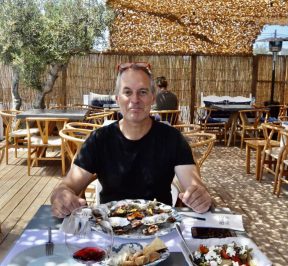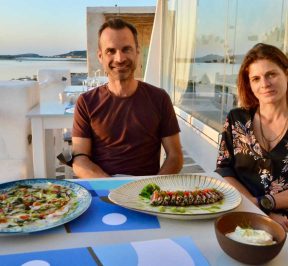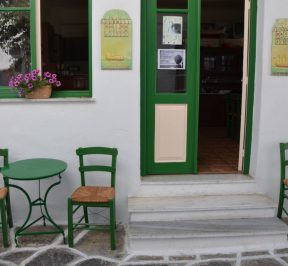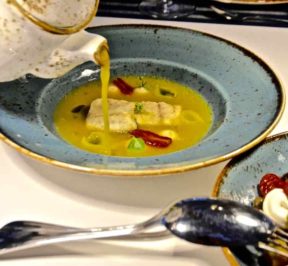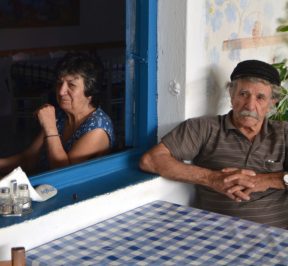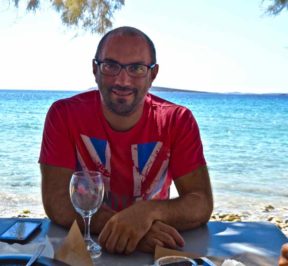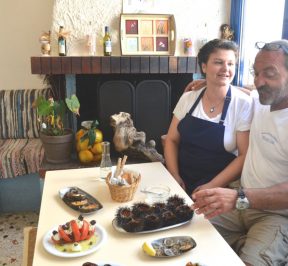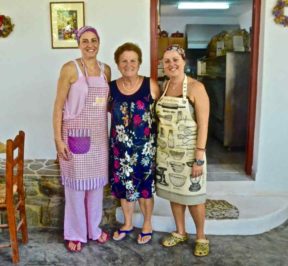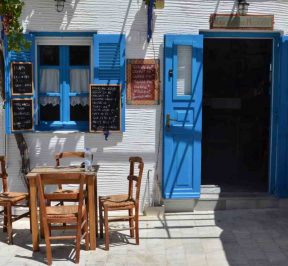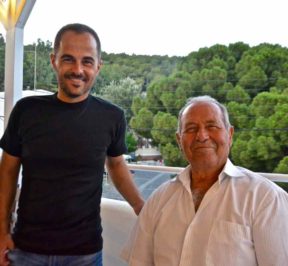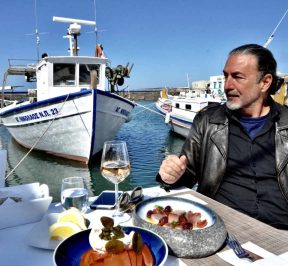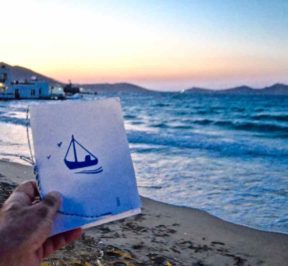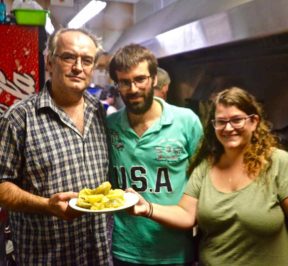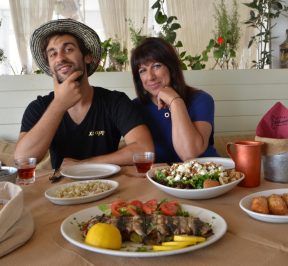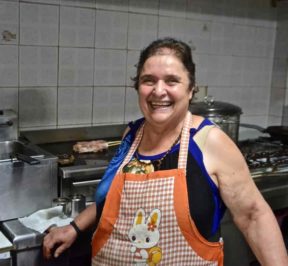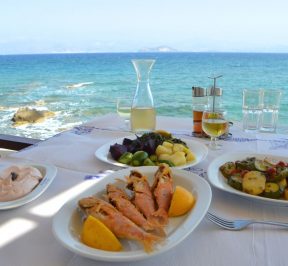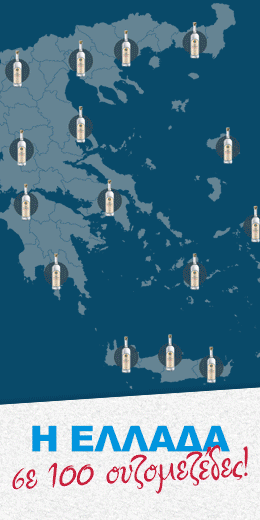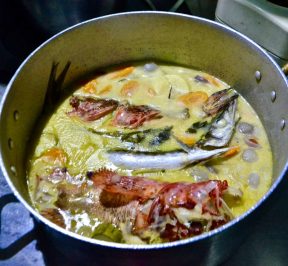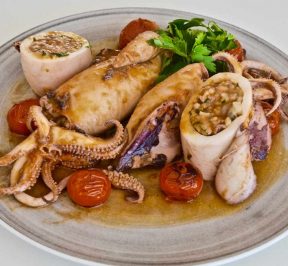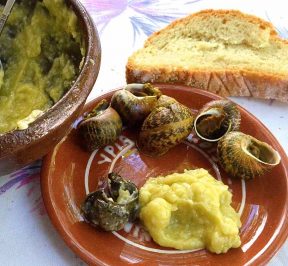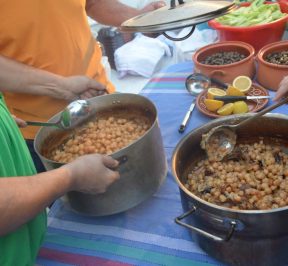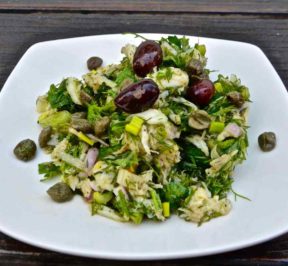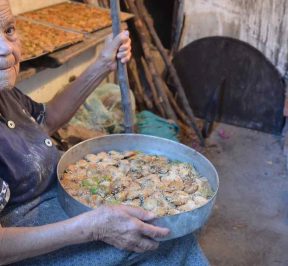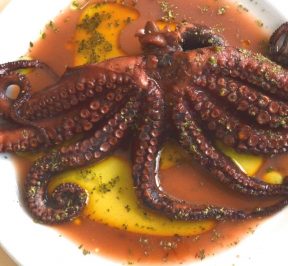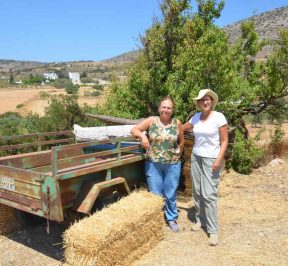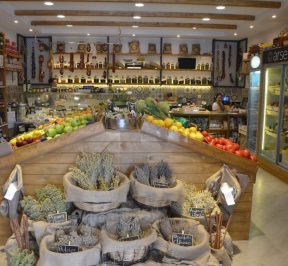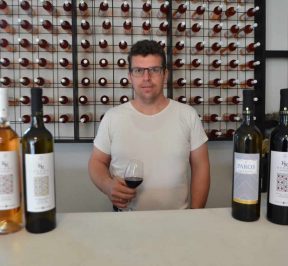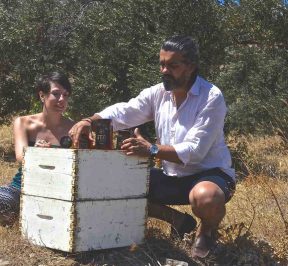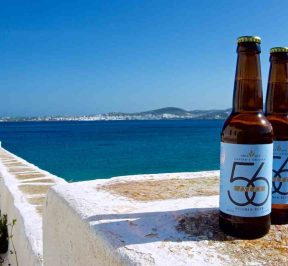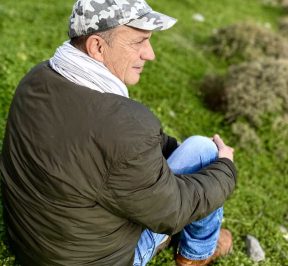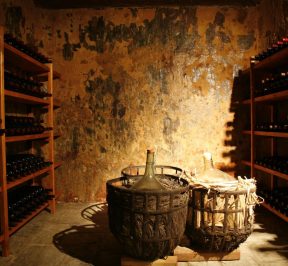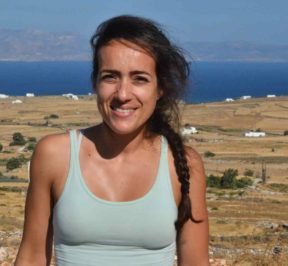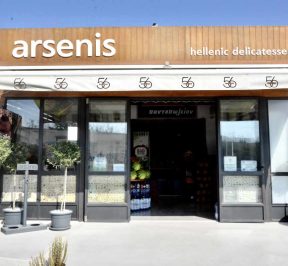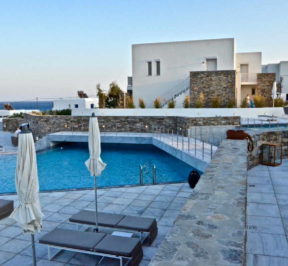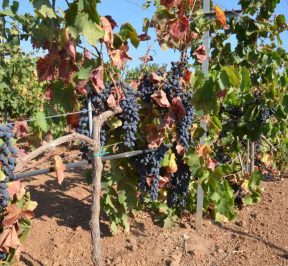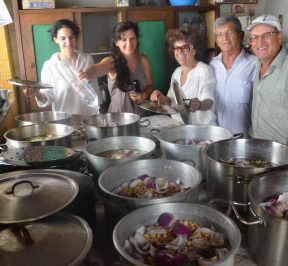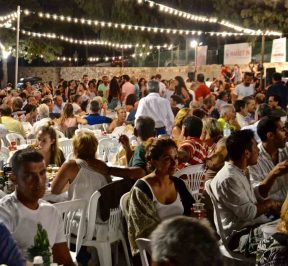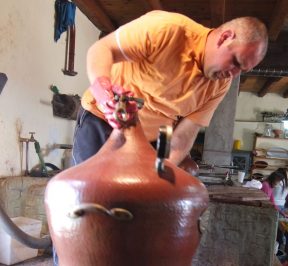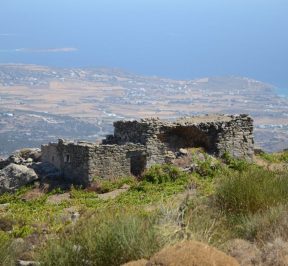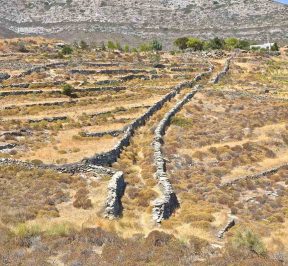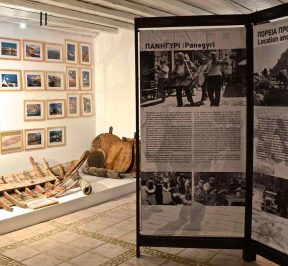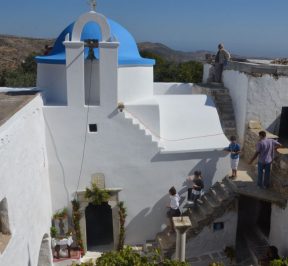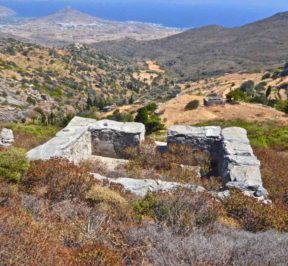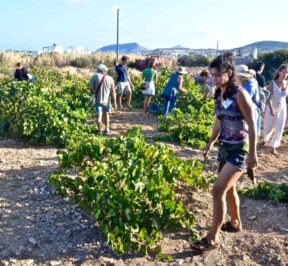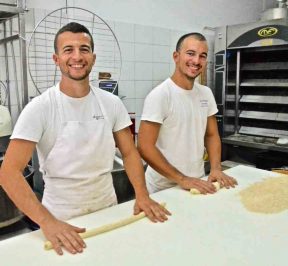Place - History of Paros
Η Paros does not have its high mountains Naxos, its strong winds Mykonos, the wild but seductive landscape of its cliffs Santorini. The Parian mountains and hills are low, fading sweetly to the shores, the beaches are full of secret attractions, while the archeological findings of the island testify to its long historical route.
The first traces of life in Paros can be found in Snail, an islet between Paros and Antiparos, where the remains of a prosperous Neolithic civilization were found, an entire state under the sea that had developed between 4300-3900 BC. Thousands of tools, spearheads, jewelry were discovered in the obsidian's workshop and weapons, witnesses of the occupations of the inhabitants of the area, but also of the level of its culture.
The Cycladic (3200-2000 BC), the Minoan (2000-1500 BC) and the Mycenaean (1600-1100 BC) are cultures who left their traces strongly and then the famous Cycladic figurines are created, the small sculptures that surprise anyone who sees them for the first time, which are preserved in excellent condition and are exhibited in the Archaeological Museum of Paros.
In the classical period but also two centuries ago, the island of Paros is in an unprecedented prosperity as the marble quarries They work intensively and from the Parian marble are made in numerous workshops kouros, daughters, sculptures, reliefs, statues and excerpts of buildings that are exported throughout the Aegean.
The city of Paros at that time has fifty thousand inhabitants is one of the most important and beautiful cities in Greece with high school, theater and stadium. The conflict between Paros and Athens has resulted in the Parian marble gradually being overtaken by the Pentelic marble of Athens, a fact that will catalytically affect the economy of the island. A thousand years later in Paros was built by Emperor Justinian (527-565 AD) in its current form the Panagia Ekatontapyliani, the largest early Byzantine church in Greece, which is maintained in excellent condition after the restoration of Orlando. The Venetian occupation (1204-1537 AD) will last for about 350 years and the Sanoud family is the first to arrive in Paros and will rule with its descendants the Aegean islands for about two hundred years. In Paros, the Sanudos settle in Parikia and build the current Castle of the city, using the marbles of the ancient temples, while at the same time the castles of Naoussa and Kefalos are formed. During the Turkish occupation (1537-1821 AD) the Cyclades enjoyed a peculiar status of self-government.
In the middle of the 17th century, refugees from other parts of Greece (Peloponnese, Crete, Samos) found refuge on the island and especially in the inland villages. At the beginning of the 18th century, there are consuls of England, France and the Netherlands in Paros, a fact that testifies to the interest of foreigners for the island. After the liberation, the island lives 150 years of relative self-sufficiency and since the 1980s, when it discovers Tourism, it enters a monoculture of Tourism and Housing development, while nowadays great battles are fought for a balanced development.
PLACE & HISTORY - TRADITIONAL KITCHEN
TAVERNS - RESTAURANTS - CAFES
PRODUCERS - WINERY



